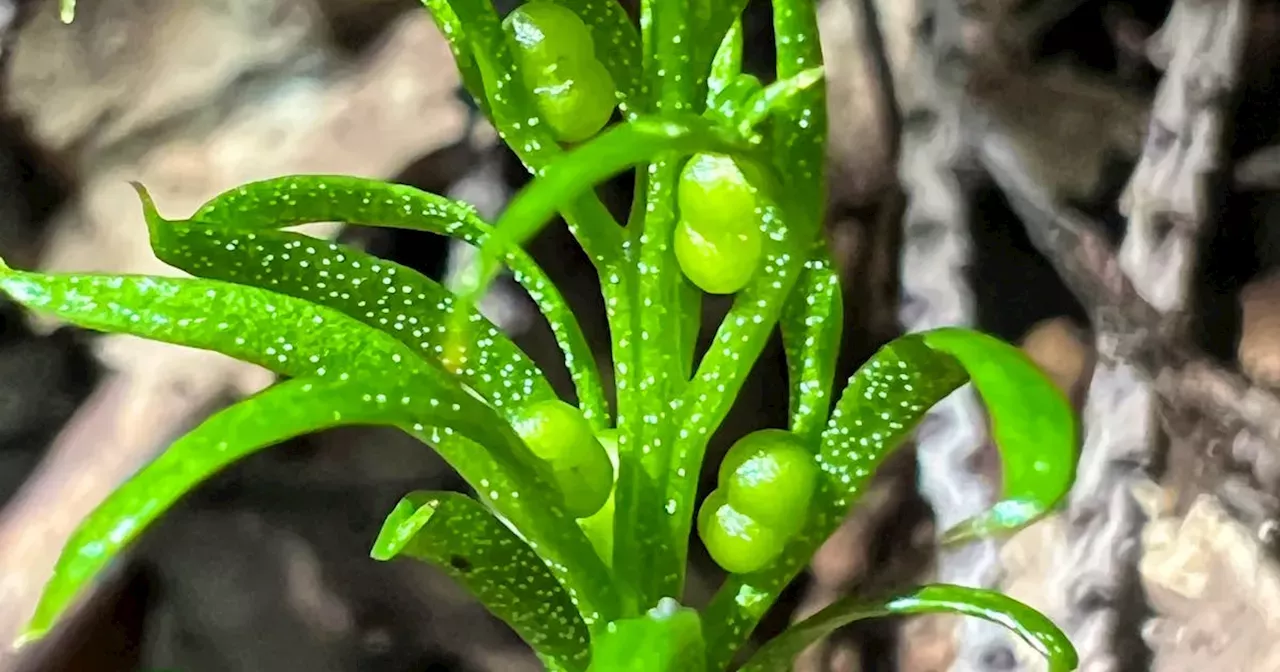In the field of genetics, the variety and complexity of the ecosystem on Earth are frequently evaluated by the total amount of the DNA molecule, the molecular structure that conveys the genetic codes for the formation, operating improvement, and reproduction across all known creatures. A recent remarkable finding shattered prior records and revealed a live organism with an incredible quantity of DNA, expanding our grasp of biological complexity. This blog looks into this astounding discovery, discussing the importance of DNA amount, the journey to identify the fern as the latest record-holder, and the ramifications for science and our knowledge of life.
DNA: The Building Block of Life:
DNA, known as deoxyribonucleic acid, is a genetic substance found in nearly all living species. The DNA is made up of two distinct strands that form a double helix and provide the instructions for an organism’s development, survival, and reproduction. These instructions are encoded in nucleotide sequences denoted by the characters A (adenine), T (thymine), C (cytosine), and G (guanine).
The total amount of DNA found in the genome of an organism can vary significantly between species. A genome’s size is constant in base pairs (bp), which are then up to megabase pairs (Mb, or one million base pairs) and gigabase pairs (Gb, or one billion base pairs). Humans comprise a genome of about 3.2 billion base pairs, but many creatures, including certain plants and amphibians, have genomes that are several times larger.
Prior Record Holders:
Before digging into the most recent record-breaking exploration, it is critical to understand the prior milestone holders in the DNA field. For a long time, the plant known as Paris japonica owned the record for the biggest genome, with approximately 150 billion DNA base pairs. This vastly surpasses human genetics and highlights the enormous variation in genome size among other living forms.
Another prominent competitor was the marbled lungfish (Protopterus aethiopicus), which has an estimated genomic size of 130 billion base pairs. The lungfish’s enormous genome is due to its high number of sequences that repeat and its abundance of transposable components.
Recent Record Holder:
The fern in the matter, Tmesipteris oblanceolate, is part of an ancient plant group that developed long before dinosaurs walked the globe. This species can only found in New Caledonia, an array of Pacific Ocean islands, where it grows on rainforest tree trunks and branches. Tmesipteris oblanceolate is a member of the Psilotaceae family, that includes numerous early ferns and their associates.
New Caledonia is a diverse hotspot with numerous unique plant and animal species. The island’s remoteness and various environments have resulted in the emergence of numerous indigenous species. Tmesipteris oblanceolate belongs to one such species that has adapted to the peculiar circumstances of the rainforest forest. The fern’s enormous genome may represent its adaptation to its surroundings, offering it the variety of DNA required to live in a difficult and dynamic environment.
Research and its Outcomes:
In the research reported in the journal iScience, a global team of researchers gathered fern specimens from New Caledonia. They retrieved genetic data from these specimens and quantified the amount of color linked to the DNA. The more pigment that binds, the greater the genome. This technique, termed flow cytometry, is a technique that allows investigators to estimate genome size by measuring the amount of fluorescence of labeled DNA.
The researchers revealed that the fern’s genome has an astonishing 160 billion DNA base pairs. For instance, the human genome has more than three billion base pairs and could extend to roughly two meters if unwound. The fern’s genome is, therefore, more than 50 times greater than that of a person. Tmesipteris oblanceolate is the creature with the biggest fimilar genome.
Guinness Record book:
The fern right now holds three Guinness World Records: the largest genome of any living organism, the largest plant genome, and the largest fern genome. Guinness World Records’ Adam Millward remarked on the importance of the discovery. “To believe this innocuous-looking fern possesses over fifty times more DNA than humans is a sobering reminder that there is still so much within the plant world we are unaware of, and that record holders sometimes aren’t the showiest on the outside,” he stated.
This discovery exemplifies the wide range of life on the earth, and also the numerous mysteries that remain unsolved. As researchers continue to explore the genomes of various organisms, they expect to discover new information that will help us understand genetics and the natural world.
Research Future Prospects:
Researchers are currently concentrating on understanding the functional components of the fern’s genetics. They want to know how the plant controls its enormous genetic diversity and what advantages it might provide. In addition, they are looking into the relationship between the size of the genome and extinction risk. Large genomes may render plants more susceptible to environmental changes, which could explain why other large-genome species have become extinct.
Future research will most likely use a blend of both experimental and analytical approaches. Researchers will keep trying to sequence and study genomes from many creatures to acquire a better knowledge of genetic diversity. They will also carry out studies to investigate the function and control of genes in big genomes.
Conclusion:
The finding of the world’s biggest genome in the modest fern Tmesipteris oblanceolate is a watershed moment in genetics and plant biology. It emphasizes the complexity and variety of life on Earth, as well as the significance of continuing to explore and understand the natural environment. As scientists probe further into the fern’s DNA, they are sure to discover fresh insights that will help us better understand genetics, evolution, and plant resilience.
This discovery serves as an illustration of the extensive variety of life on Earth, as well as the many mysteries that still have to discover. As researchers continue to investigate the genomes of other organisms, they will likely make new findings that will contribute to our knowledge of genetics and the world of nature.

